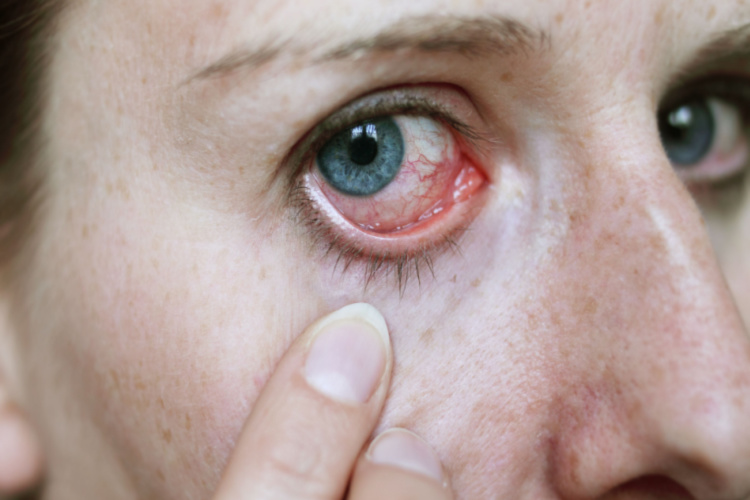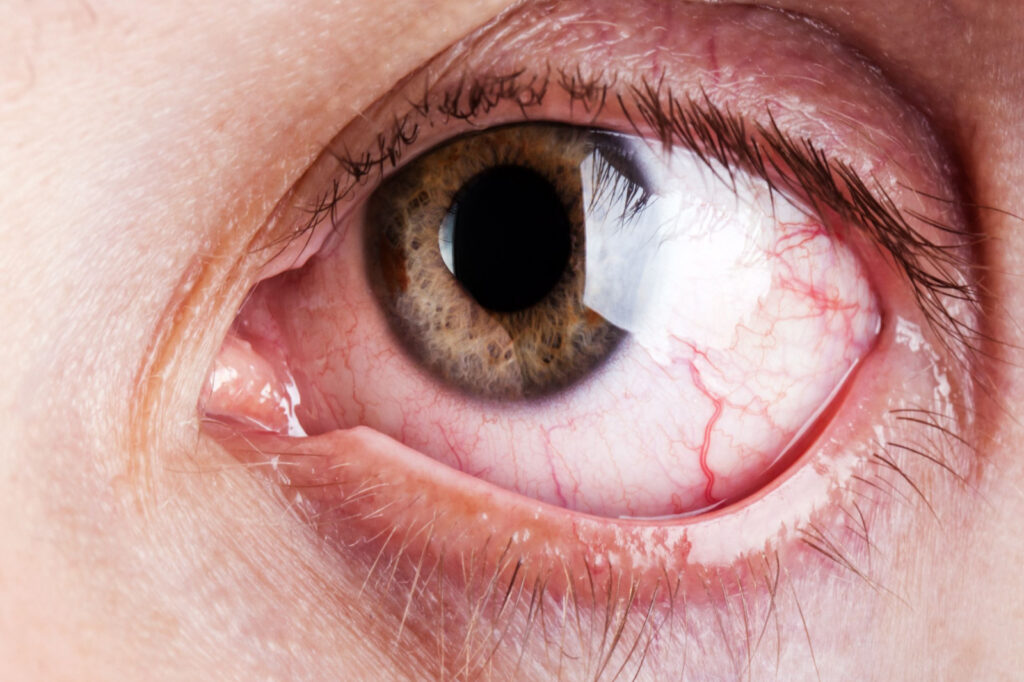Dry eye is a common eye condition many Americans have to manage every single day. It can be brought on for an array of reasons—like dry air, dust, wind, medications, or even hormonal changes—but the results are the same: irritated, uncomfortable eyes that can affect our sight and our quality of life.
These symptoms can progress, as well. And over time, your risk of developing severe symptoms can increase if you don’t find the treatment you need.
But what are these symptoms? Today, let’s look at some of the issues you can develop if you don’t treat dry eye and what they could mean for your vision and eye health.
If you’re struggling with dry eye, please don’t hesitate to speak with our team at Eye Lab. With the help of our compassionate approach and comprehensive treatments, we’re ready to help preserve your eye comfort today, tomorrow, and beyond.
Let’s Refresh Ourselves on Dry Eye
Before we dive into the concerns that severe dry eye can cause, we should take a moment to look at dry eye, how it develops, and the types you might experience.
In essence, dry eye is an issue that affects the quality or quantity of your tears. Your tears are essential for keeping your eyes comfortable, and it relies on 3 different layers to do their job properly:
- Mucus, which helps adhere your tears to your eyes while also spreading them evenly across your eye’s surface.
- Water, which helps hydrate your eyes. Water can also help wash away particles like dirt and dust while also lowering your risk of eye infections.
- Oil, which helps prevent your tears from evaporating too quickly.
If an issue affects the stability of 1 or more of these layers, you may experience dry eye symptoms. How these components are affected can help us determine which type of dry eye you may have.
Evaporative Dry Eye
Evaporative dry eye, or EDE, is the most common version of the condition. EDE develops when your tears don’t have enough oil content to keep them from evaporating, leading to several dry eye symptoms.
The most common cause of EDE is meibomian gland dysfunction (MGD).
All along the ridges of your eyelids are tiny glands known as meibomian glands, which are responsible for producing oils to help prevent your tears from evaporating. However, if these glands are clogged, inflamed, or damaged, you may develop MGD and, therefore, dry eye.
Aqueous Tear Deficiency
Aqueous tear deficiency, sometimes called ATD, is an issue characterized by a lack of water content in your tears. Without water, your eyes may feel dehydrated and uncomfortable, or you might have a higher risk of developing an eye infection.
Water is produced by the lacrimal gland, which sits just above the eye. Blinking spreads the water from your lacrimal glands evenly across your eye surface. Still, you may develop ATD symptoms if you have health conditions or take medications that affect your body’s ability to produce water.

Risk Factors & Symptoms
Dry eye symptoms don’t have to be chronic—discomfort could also stem from focusing on a task too long and not blinking enough—but some people may have a higher risk of developing dry eye for various reasons.
You May Have a Higher Risk If…
- You have a family history of dry eye
- You have a health condition like:
- Sjögren’s syndrome
- Rheumatoid arthritis
- Lupus
- Parkinson’s disease
- You’re over the age of 50
- You take medications like:
- Antihistamines
- Antidepressants
- Decongestants
- Retinoid antibiotics
- You don’t have enough vitamin A in your diet
- You live in a dusty, dirty, or windy environment
- You have allergies
Some Common Symptoms Include…
- Red eyes
- Irritation
- The feeling of something “stuck” in your eye
- Stinging or burning sensations
- Light sensitivity
- Blurry vision
- Wateriness
- Difficulty wearing contact lenses
Severe Symptoms You May Develop Without Treatment
Now that we’ve looked at dry eye, how it develops, and what it can cause, it’s time to look at some of the issues you might face if you have chronic dry eye and don’t receive treatment.
It’s important to understand that everyone experiences dry eye differently. Just because you struggle with some symptoms doesn’t necessarily mean you’re at risk of developing severe complications down the road, but we always recommend speaking with our eye care team so we can help support your eye comfort.
In some cases, though, dry eye could increase the risk of developing:
Eye Infections
Your tears are an essential part of protecting your eyes from harmful bacteria. If your tear film isn’t stable, you may develop an eye infection and experience symptoms like:
- Crustiness around your eyelids
- Yellowish discharge
- Swelling
- Lymph nodes near the ear
- Corneal ulcers
Corneal Damage
Without a stable tear film, your cornea may be left exposed to harmful particles like dust and dirt. These particles could cause corneal problems like abrasions, which are tiny scratches that could also affect the quality of your vision.
Vision Problems
Without treatment, severe dry eye symptoms like eye infections and corneal damage could lead to vision problems, some of which may be permanent. If dry eye symptoms damage your cornea, it can affect how light passes through your cornea. In advanced cases, it may cause blindness, and you could need surgical help to address these concerns.
How Can We Help?
The key to preserving your vision from dry eye is to ensure you get the help you need as soon as possible. If you’re currently struggling with dry eye, contact the Eye Lab team, and we’ll work on personalizing a treatment strategy based on what’s causing your symptoms and how it’s affecting your eye comfort. Visit our Dry Eye Therapy page to learn more about these treatments, or book an appointment with us today.




